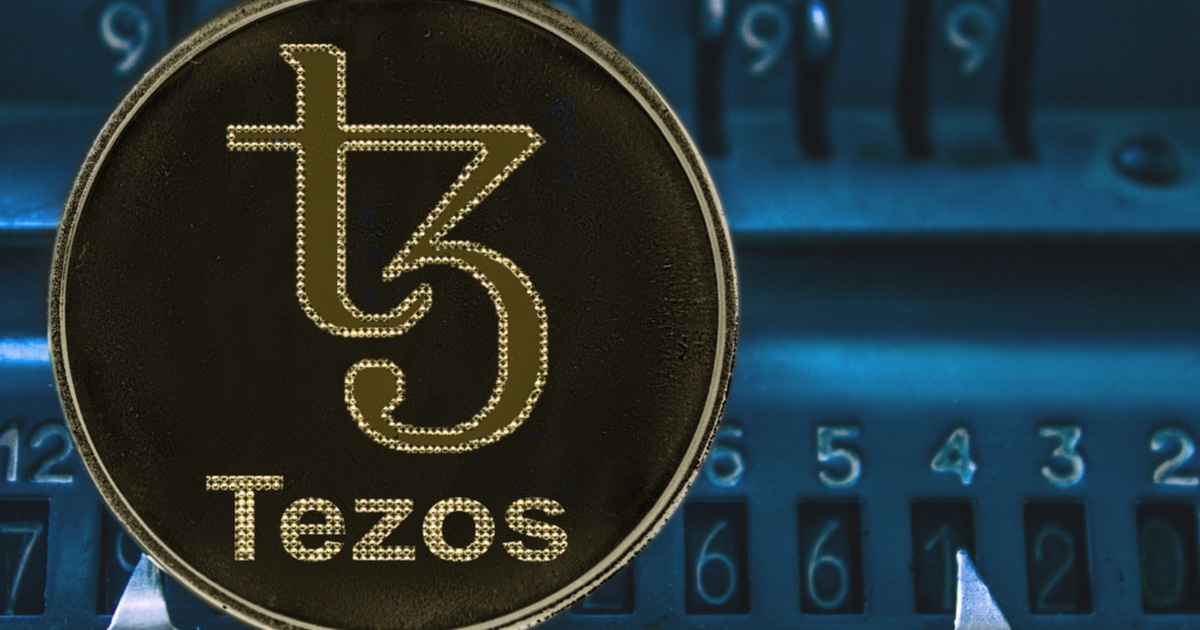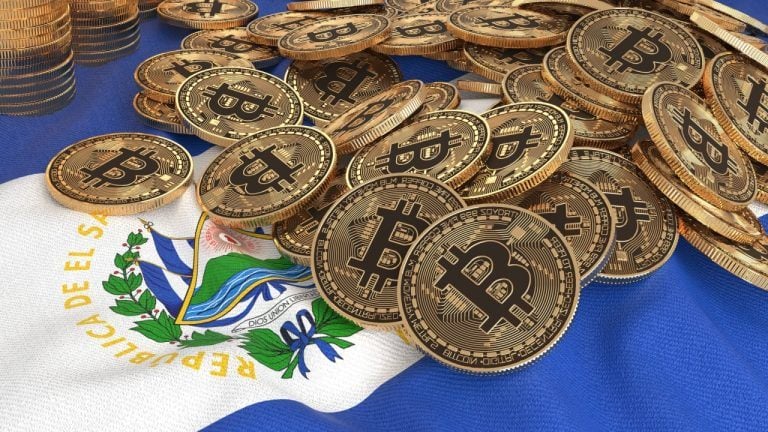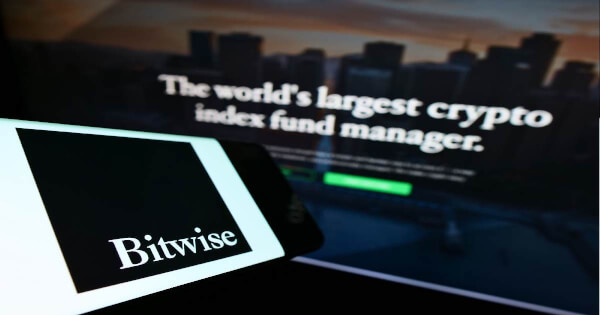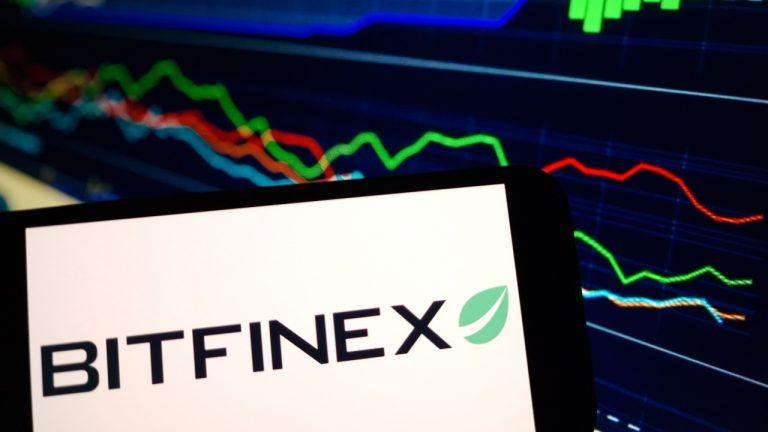I'm going to elaborate a little on the answer by Bitcoin_1o1
The Bitcoin network is global and two miners can be on opposite sides of the planet. If those two miners happen, at roughly the same time, to independently mine a block containing different transactions, Bitcoin nodes (wallets etc) that are near (in terms of network topology and transaction times) will each have a copy of the replicated block-oriented transaction-journal we call the blockchain - but with a different latest-block at the head.
To resolve this, Bitcoin nodes perform reorganisations when they become aware of other alternative blocks. These alternatives are called blockchain forks. Each node chooses the fork that is longest in terms of a measure called "work". Sometimes forks differ by more than one block before they get reorganised. Because all nodes use the same rules for reorganising forks, all nodes eventually settle on the same view of the blockchain. These reorganisations are not especially rare but almost never exceed two blocks. I think the longest was 22 blocks, but that has only happened once in exceptional circumstances. A reorganisation of one or two blocks is routine and mostly unnoticed. Long reorganisations are a major event and exceedingly rare.
Because a block that is accepted now might be replaced by a better one in the next few minutes to hours, nodes generally wait until about six blocks have been added on top of the block containing the transaction before they assume the block containing the transaction is not going to be reorganised. There's probably also a good chance that both forks contain the transaction of interest, but just in different places - however this isn't really relevant to the process.
why is there a need to have more than six confirmations for the same transaction?
Approximately every ten minutes a block is added to the blockchain. Each time this happens we call it a confirmation of every transaction already in the blockchain. That is why older transactions may have tens of thousands of confirmations. They are old and buried deep in the blockchain. They don't have ten thousand confirmation because anyone needs ten thousand confirmations - it is just a consequence of the definition of a confirmation.
If it helps, think about driving licences. In some countries, you have to be at least sixteen years of age before you can obtain a driving licence. However you are also eligible to apply for a driving licence at age forty-six. No one needs to be forty-six but government officials don't stop counting your age after age sixteen. Similarly, no-one needs more than six confirmations but bitcoin doesn't stop counting at six.
Nakamoto presumably anticipated reorganisations of a handful of blocks but no more. I guess Nakamoto chose six because it approximates to one hour, which is a nice round number.
I was under the impression that a bitcoin transaction is 'official' ...
Nothing is really official because Bitcoin has no officers to officiate.
It has no leaders, no owners, no one in charge.

You can get bonuses upto $100 FREE BONUS when you:
💰 Install these recommended apps:
💲 SocialGood - 100% Crypto Back on Everyday Shopping
💲 xPortal - The DeFi For The Next Billion
💲 CryptoTab Browser - Lightweight, fast, and ready to mine!
💰 Register on these recommended exchanges:
🟡 Binance🟡 Bitfinex🟡 Bitmart🟡 Bittrex🟡 Bitget
🟡 CoinEx🟡 Crypto.com🟡 Gate.io🟡 Huobi🟡 Kucoin.



















Comments